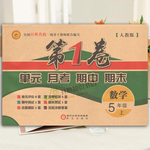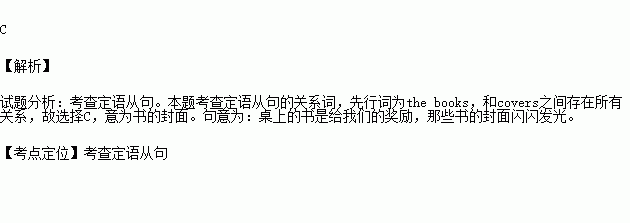题目内容
The books on the desk, covers are shiny, are prizes for us.
A.which B. what C. whose D. that
练习册系列答案
 期末1卷素质教育评估卷系列答案
期末1卷素质教育评估卷系列答案
相关题目
15.一Would you be so kind as to take this heavy box upstairs for me?
一 ( )
一 ( )
| A. | It's my pleasure | B. | Help yourself | ||
| C. | Sure,with pleasure | D. | Take your time |
20.The days are approaching the World Expo 2010will be held in Shanghai.( )
| A. | that | B. | where | C. | when | D. | which |

